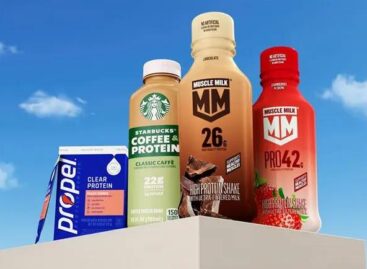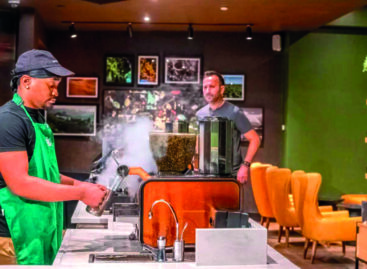Starbucks strategy: radical changes in American stores
Starbucks is making major changes in the United States: the coffee chain will eliminate 30 percent of its product range by the end of 2025. According to a report by NPR, the goal is to stop the ever-decreasing traffic and speed up service.
 The company’s new strategy is being led by CEO Brian Niccol, who believes that the current range is too wide, which makes it difficult not only for customers but also for employees to choose and work. The reduction in range creates an opportunity to focus on seasonal coffees, such as Dubai Matcha, and to give baristas more creative ideas.
The company’s new strategy is being led by CEO Brian Niccol, who believes that the current range is too wide, which makes it difficult not only for customers but also for employees to choose and work. The reduction in range creates an opportunity to focus on seasonal coffees, such as Dubai Matcha, and to give baristas more creative ideas.
Innovations in stores
Starbucks also announced other changes: coffee for customers who drink on site will now be served in ceramic mugs and free refills on coffee and tea. Self-service counters, which disappeared during the Covid pandemic, will also return, so that guests can add creamer and sweeteners themselves.
The company also ended its “open door” policy, which had been in place since 2018 and allowed customers to use the café’s facilities and restrooms without consuming. Since January 27, Starbucks stores in North America have been restricted to paying guests only.
Related news
PepsiCo taps into protein boom with 3 beverage innovations
🎧 Hallgasd a cikket: Lejátszás Szünet Folytatás Leállítás Nyelv: Auto…
Read more >Breakthrough points
🎧 Hallgasd a cikket: Lejátszás Szünet Folytatás Leállítás Nyelv: Auto…
Read more >Starbucks: store closures and layoffs in North America, billion-dollar restructuring begins
🎧 Hallgasd a cikket: Lejátszás Szünet Folytatás Leállítás Nyelv: Auto…
Read more >Related news
How do young adults celebrate?
🎧 Hallgasd a cikket: Lejátszás Szünet Folytatás Leállítás Nyelv: Auto…
Read more >Vajda-Papír celebrates Ooops!’s 15th anniversary with a hybrid AI campaign
🎧 Hallgasd a cikket: Lejátszás Szünet Folytatás Leállítás Nyelv: Auto…
Read more >Pre-holiday shopping at up to half price
🎧 Hallgasd a cikket: Lejátszás Szünet Folytatás Leállítás Nyelv: Auto…
Read more >






